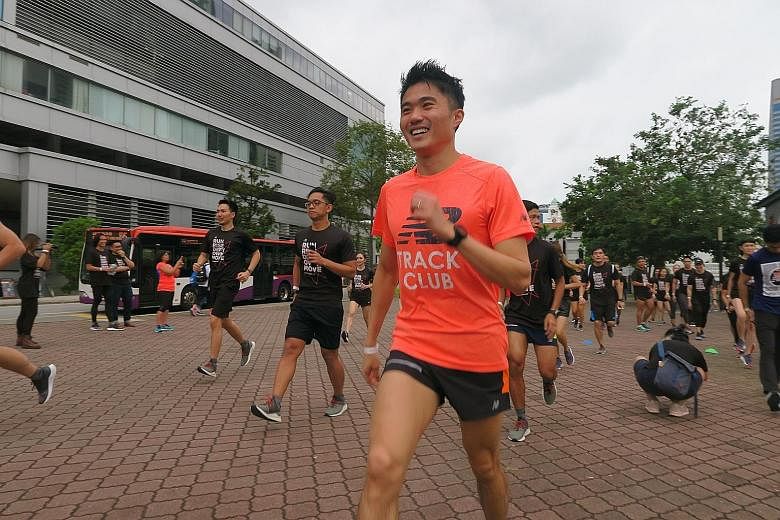In a time before I was born, the results from the 1984 Bern Grand-Prix study showed that 45.8 per cent of 4,358 runners suffered injuries over a one-year period.
Fast forward to 2014, the trend and figure remained the same, if not worsened. It was published in the British Journal of Medicine then that up to (shockingly) 79.3 per cent of runners were injured within the year.
Given scientific and technological advances, why are we runners still in so much misery?
Let's take a look at a few possible culprits.
TRAINING INTENSITY AND VOLUME
The studies found that high weekly running frequency was the biggest risk factor for injuries in running.
This seems to suggest that the more you run, the higher the risk of injury. While this sounds rather intuitive, it cannot be the blanket truth. Otherwise, Kenyans who typically run more than 200km a week would be on crutches by now.
-
#AskMok
-
RAHUL
I have adjusted my running style and pronation. But recently I suffered pain in my calves and Achilles. Is there a better way to run?
ERNEST
I have been trying to get back to running like before, but it's difficult with the muscle loss. Do you have any tips for me?
MALIK MEHMOOD
I experience pain in my joints and think I cannot run. What is your advice for me to pick up running?
There may be certain factors which are not accounted for, or attributed sufficiently, in scientific studies. Factors such as how one progresses into high training/running volume and the intensity of runs at such high volume, are almost impossible to measure in a consistent and objective manner.
The chase for results is also a strong, but not necessarily good, driving force.
We all want to improve (quickly) but often it is the case that more haste makes less speed.
There may be periods when you will feel strong and seemingly insurmountable. It is easy then to cave in and push yourself a lot harder than planned during training.
I am also guilty of this, having run two marathons in a month in 2011, which resulted in my suffering from plantar fasciitis in both feet.
A coach once told me: "Discipline is not just in doing the training, but also in not training in order to recover."
The solution, though easier said than done, is to follow a reasonable training plan, seek help from a coach and, most of all, listen to your body.
MUSCLE WEAKNESS, IMBALANCE
Weakness and imbalance in muscles have long been identified as a potential source of injuries in running. Studies have shown that runners who suffer from anterior knee pain appear to have weaker gluteus medius muscles.
However, this issue is further complicated by the difficulty in determining whether the weakness and imbalance in the muscles are the cause or result of an injury.
If you are already suffering from an injury, some of your muscles may be inhibited and appear "weak" during physical testing, even if it is not directly related or caused by the injury.
In such situations, you should consult an experienced therapist to guide you in your recovery. You may also wish to engage in pre-rehabilitation (as a preventive measure) to identify and work on your areas of weakness before the onset of any injury.
RUNNING GAIT
Whether technique can cause injuries is controversial.
One school of thought is that, if a proper running gait is adhered to, injuries can be eliminated or, at least, reduced.
The other school of thought is that the gait should be adjusted to suit the runner's body structure and configuration. In other words, there is no absolutely "correct" gait; proponents would argue that no two elite runners run alike.
My personal belief is that there is possibly an "ideal" running form to adhere to, subject to variations within certain limits.
If you are injured or keen to improve on your performance, it may be beneficial to have your gait analysed by an experienced therapist. If there are any glaring abnormalities, such as overstriding, these should be adjusted.
Moreover, some gait abnormalities may also be a result of weakness and imbalance in muscles, again demonstrating the interconnectedness of these factors.
OTHER FACTORS
Many medical and healthcare professionals have also suggested other risk factors, such as over-pronation, weak core muscles, imbalances in the spine, shoe types, and tight fascia.
Owing to the complexity of the human body, even with vast medical and technological capabilities available, it is incredibly difficult to pinpoint the exact reason for a particular injury.
Thus, your journey through pain and injury is likely to be one of humility and self-discovery.


